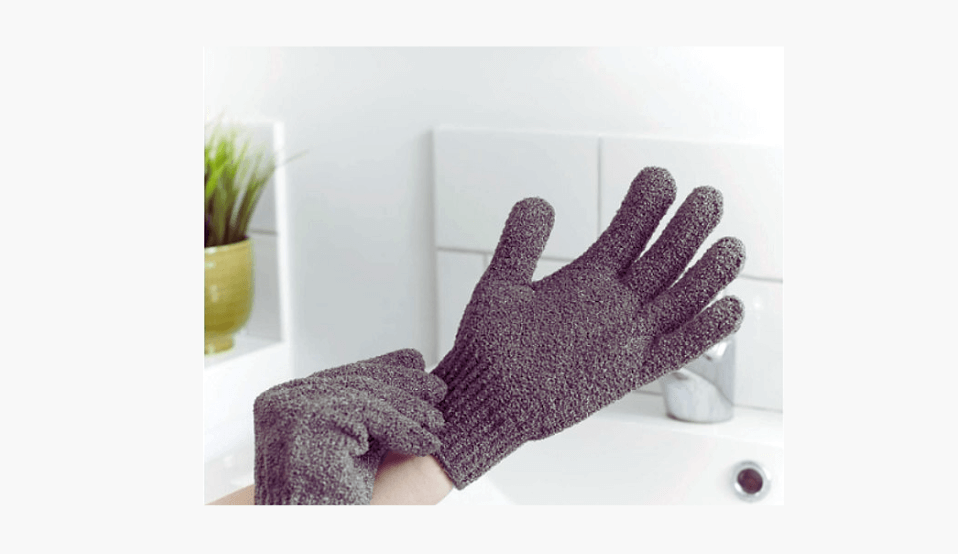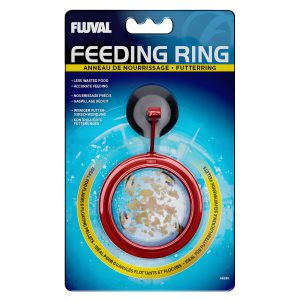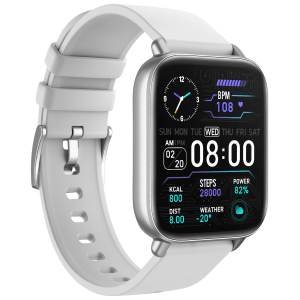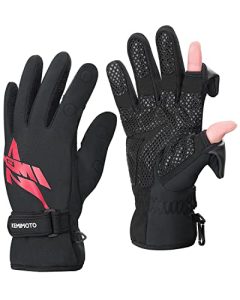Contents
- 1. Exfoliating Gloves
- 2. Choosing the Right Exfoliating Gloves
- 3. How to Use Exfoliating Gloves
- 4. Incorporating Exfoliating Gloves into Your Routine
- 5. Caring for Your Exfoliating Gloves
- 6. Common Mistakes to Avoid
- 7. Exfoliating Gloves for Different Skin Types
- 8. Exfoliating Gloves for Face
- 9. DIY Exfoliating Glove Recipes
- 10. Conclusion
Exfoliation is a crucial part of any skincare routine, and exfoliating gloves are an excellent tool to achieve smoother, healthier skin. They offer a convenient and effective way to remove dead skin cells, improve circulation, and promote cell turnover. In this comprehensive guide, we will explore everything you need to know about exfoliating gloves, including their benefits, how to use them, tips for choosing the right gloves, and how to incorporate them into your skincare routine for the best results.
1. Exfoliating Gloves
What Are Exfoliating Gloves?
Exfoliating gloves are a pair of textured gloves designed to slough off dead skin cells from the surface of your skin. They are usually made from materials like nylon, polyester, or natural fibers like sisal or bamboo. The texture of the gloves provides gentle abrasion, which helps to physically exfoliate the skin.
Benefits of Using Exfoliating Gloves
- Improved Skin Texture: Regular use of exfoliating gloves can make your skin feel smoother and softer by removing the buildup of dead skin cells.
- Enhanced Circulation: The massaging action of using the gloves stimulates blood flow, which can promote a healthy glow.
- Better Absorption of Skincare Products: By removing the layer of dead skin cells, your skin can better absorb moisturizers, serums, and other skincare products.
- Prevention of Ingrown Hairs: Exfoliating helps to free trapped hairs, reducing the occurrence of ingrown hairs, especially in areas like the legs and bikini line.
- Even Skin Tone: Regular exfoliation can help to fade dark spots and hyperpigmentation, resulting in a more even skin tone.
2. Choosing the Right Exfoliating Gloves
Material Matters
Exfoliating gloves come in various materials, each offering different levels of exfoliation. Here’s a breakdown of the most common types:
- Nylon and Polyester: These synthetic materials are durable and provide a moderate level of exfoliation. They are suitable for most skin types and are easy to clean.
- Natural Fibers (Sisal, Bamboo, Hemp): Natural fiber gloves are eco-friendly and offer varying levels of exfoliation depending on the fiber’s coarseness. They are a great choice for those who prefer sustainable options.
- Silicone: Silicone gloves are gentle and suitable for sensitive skin. They are also easy to clean and dry quickly, reducing the risk of bacterial growth.
Choosing the Right Texture
The texture of exfoliating gloves can range from gentle to coarse. Your choice will depend on your skin type and sensitivity:
- Fine Texture: Suitable for sensitive skin or daily use. It provides a gentle exfoliation without causing irritation.
- Medium Texture: Ideal for normal skin types and regular use. It effectively removes dead skin cells while being gentle enough for frequent use.
- Coarse Texture: Best for tough or dry skin that requires a more vigorous exfoliation. Use with caution to avoid over-exfoliating.
Size and Fit
Ensure the gloves fit snugly on your hands to provide better control during exfoliation. Some gloves come in one-size-fits-all, while others offer different sizes. Look for gloves with a bit of stretch to accommodate various hand sizes.
3. How to Use Exfoliating Gloves
Preparing Your Skin
Before using exfoliating gloves, it’s essential to prepare your skin to maximize the benefits:
- Hydrate Your Skin: Exfoliating dry skin can cause irritation. Wet your skin thoroughly with warm water to soften it.
- Use a Mild Cleanser: Cleanse your skin with a gentle, hydrating cleanser to remove any surface dirt and oil.
The Exfoliation Process
- Put on the Gloves: Make sure your gloves are clean and dry before starting.
- Apply a Small Amount of Cleanser: For added slip, you can apply a small amount of your favorite body wash or soap to the gloves.
- Massage in Circular Motions: Starting from your feet and working your way up, use circular motions to gently massage your skin. Apply light to moderate pressure, depending on your skin’s sensitivity.
- Focus on Rough Areas: Pay extra attention to areas prone to dryness and roughness, such as elbows, knees, and heels.
- Rinse Thoroughly: After exfoliating, rinse your skin thoroughly with warm water to remove any residue.
- Pat Dry: Gently pat your skin dry with a soft towel.
Post-Exfoliation Care
- Moisturize: Apply a hydrating moisturizer or body lotion to replenish moisture and soothe your skin.
- Avoid Harsh Products: Post-exfoliation, avoid using products with strong acids or retinoids, as your skin may be more sensitive.
- Sun Protection: Exfoliated skin is more susceptible to sun damage. Apply a broad-spectrum sunscreen if you plan to be outdoors.
4. Incorporating Exfoliating Gloves into Your Routine
Frequency of Use
The frequency of using exfoliating gloves depends on your skin type and sensitivity:
- Sensitive Skin: Once a week or every other week.
- Normal Skin: 2-3 times a week.
- Oily or Acne-Prone Skin: 3-4 times a week, focusing on areas prone to breakouts.
Consistency is Key
Consistency is crucial to achieve and maintain the benefits of exfoliation. Regular use will help you see improvements in skin texture and tone over time.
Pairing with Other Exfoliants
You can pair exfoliating gloves with other types of exfoliants, such as chemical exfoliants (AHAs, BHAs) or enzymatic exfoliants. However, avoid using multiple exfoliants on the same day to prevent irritation.
5. Caring for Your Exfoliating Gloves
Cleaning and Maintenance
Proper cleaning and maintenance of your exfoliating gloves are essential to prevent bacteria buildup and extend their lifespan:
- Rinse After Each Use: Rinse the gloves thoroughly with warm water to remove any soap or dead skin cells.
- Air Dry: Hang the gloves to air dry in a well-ventilated area. Avoid storing them in damp places to prevent mold growth.
- Machine Wash: Depending on the material, you can machine wash your gloves on a gentle cycle. Check the manufacturer’s instructions for specific care guidelines.
- Replace Regularly: Exfoliating gloves should be replaced every few months, depending on frequency of use and wear.
6. Common Mistakes to Avoid
Over-Exfoliating
Over-exfoliating can lead to skin irritation, redness, and increased sensitivity. Stick to the recommended frequency based on your skin type.
Using Excessive Pressure
Applying too much pressure while using exfoliating gloves can damage the skin. Use gentle, circular motions and let the texture of the gloves do the work.
Ignoring Sensitive Areas
Be cautious around sensitive areas, such as the face, neck, and chest. Use a gentler exfoliant or a softer texture glove for these areas.
Skipping Moisturizer
Always moisturize after exfoliating to help restore the skin’s moisture barrier and prevent dryness.
7. Exfoliating Gloves for Different Skin Types
Sensitive Skin
Choose gloves with a fine texture and use them less frequently. Avoid using harsh cleansers or exfoliants that can exacerbate sensitivity.
Dry Skin
Use medium to coarse textured gloves to remove flaky skin and follow up with a rich, hydrating moisturizer.
Oily Skin
Regular exfoliation with medium to coarse gloves can help to unclog pores and reduce the appearance of blemishes. Look for gloves with antibacterial properties.
Combination Skin
Focus on exfoliating the oily and rough areas more frequently, while using a gentler approach on the sensitive parts of your skin.
8. Exfoliating Gloves for Face
Special Considerations
Facial skin is more delicate than body skin, so using exfoliating gloves on your face requires extra care:
- Use Gentle Gloves: Opt for gloves with a very fine texture or specially designed facial exfoliating gloves.
- Be Gentle: Use light pressure and avoid the eye area.
- Limit Frequency: Once a week is usually sufficient for facial exfoliation.
Alternative Methods
If exfoliating gloves feel too harsh for your face, consider using other exfoliation methods, such as:
- Exfoliating Cleansers: Products with gentle beads or natural exfoliants.
- Chemical Exfoliants: Products containing AHAs or BHAs.
- Enzymatic Exfoliants: Natural fruit enzymes that dissolve dead skin cells.
9. DIY Exfoliating Glove Recipes
Natural Exfoliants
You can enhance the benefits of your exfoliating gloves by pairing them with natural exfoliants:
- Sugar and Olive Oil Scrub: Mix sugar with olive oil to create a hydrating scrub. Apply it to your gloves before exfoliating.
- Coffee Grounds Scrub: Used coffee grounds mixed with coconut oil make a great scrub for extra exfoliation.
- Oatmeal and Honey Scrub: Combine oatmeal with honey for a soothing and gentle exfoliant.
Essential Oils
Adding a few drops of essential oils to your gloves can provide additional benefits:
- Lavender Oil: Soothes and calms the skin.
- Tea Tree Oil: Has antibacterial properties, ideal for acne-prone skin.
- Peppermint Oil: Provides a refreshing and cooling sensation.
10. Conclusion
Exfoliating gloves are a versatile and effective tool for maintaining healthy, radiant skin. By choosing the right gloves for your skin type, using them











